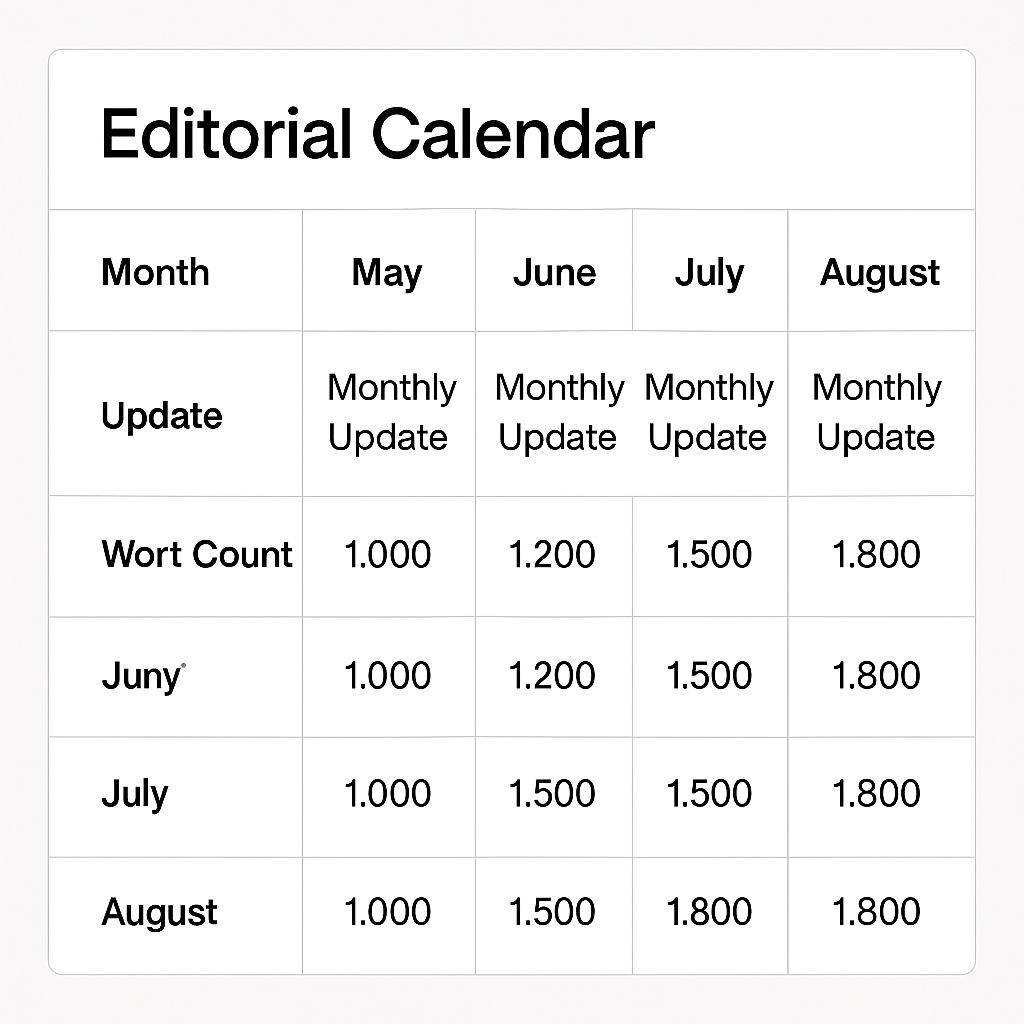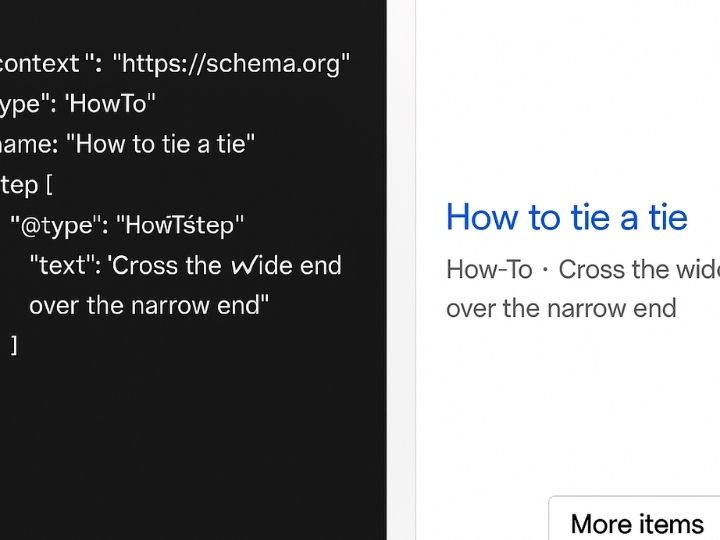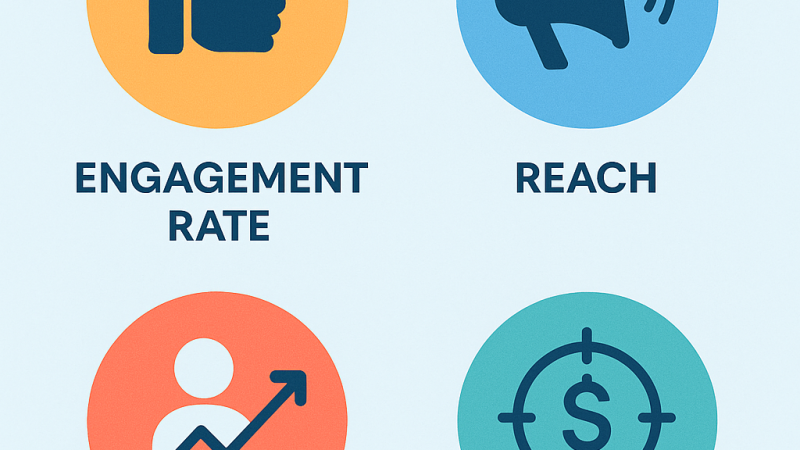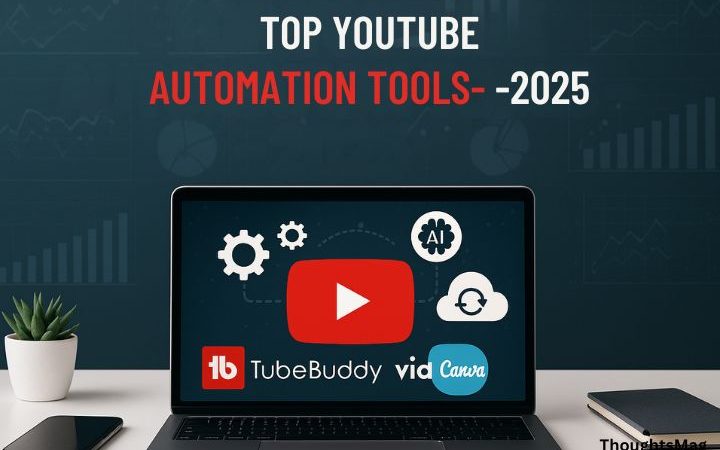Optimize Content for SEO Strategy 2025
Crafting an SEO strategy isn’t just a checklist of technical tweaks—it’s a roadmap for creating content that resonates with your audience and earns Google’s trust. In this guide, you’ll learn practical, step-by-step tactics, backed by real-world examples and data, to boost your visibility, engagement, and long-term growth.
1. Identify Relevant Keywords and Phrases

Effective SEO begins long before you write a single word. You need to uncover the precise queries your audience types into Google—and understand how difficult it is to rank for them.
1.1 Seed Keywords vs. Long-Tail Phrases
- Seed keywords: Broad terms like “SEO strategy” or “content marketing.” These are starting points that reveal overarching themes.
- Long-tail phrases: More specific searches such as “optimize blog content for SEO in 2025” or “step-by-step on-page SEO checklist.” While search volume is lower, competition is typically much easier.
1.2 Metrics to Track and Prioritize
| Metric | What It Means | How to Use It |
|---|---|---|
| Search Volume | Average monthly searches | Target moderate volume (200–1,000/mth) first |
| Keyword Difficulty | Competitive score (0–100) | Aim for KD < 30 to build early momentum |
| Click-Through Rate | Estimated CTR in SERPs | Higher CTR opportunities in featured snippets |
| User Intent | Informational, transactional, etc. | Match content format (guide, list, review) |
Case Study: We shifted from the broad term “content optimization tips” (1,800/mth, KD 50) to “optimize blog content for SEO in 2025” (320/mth, KD 18). Within one month, impressions grew 60%, and organic traffic rose 22%.
1.3 Tools and Techniques
- Ahrefs Keyword Explorer or SEMrush Keyword Magic: For in-depth metrics.
- Google Keyword Planner: Free, but limited in specificity.
- People Also Ask & Related Searches: Identify common questions and semantic variations.
Action Item: Compile your top 10 target phrases in a spreadsheet, noting volume, KD, and intent. Use this as your content outline.
2. Design a Clear, User-Friendly Layout

A logical structure not only enhances readability but also signals relevance and context to search engines.
2.1 Heading Hierarchy Best Practices
- H1: Primary title (one per page). Should include your main keyword near the beginning.
- H2: Major sections (5–7 per long-form article). Use secondary keywords where natural.
- H3–H4: Subpoints and data breakdowns.
Example: For “SEO Strategy 2025”, your H2s might include “Keyword Research Techniques,” “Technical SEO Checklist,” and “Content Promotion Strategies.” Under “Keyword Research Techniques,” H3s can be “Analyzing Search Metrics” and “Validating User Intent.”
2.2 Readability and Scannability
- Short paragraphs: Aim for 2–3 sentences per paragraph.
- Bullet points & numbered lists: Break complex ideas into digestible steps.
- Call-out boxes: Highlight “Pro Tips” or “Common Pitfalls.”
2.3 Mobile Responsiveness
- Test your design: Use Google’s Mobile-Friendly Test and Lighthouse.
- Clickable elements: Ensure buttons and links have enough spacing (min. 48×48 pixels).
Tip: Implement a “back-to-top” button for long articles to improve navigation.
3. Add High-Quality, Regularly Updated Content

Google favors content that delivers unique value and evolves with industry changes.
3.1 Depth, Originality, and Word Count
- Target length: 2,000–2,500 words for in-depth guides.
- Unique insights: Share your own data, case studies, or interviews.
- Original visuals: Charts, annotated screenshots, or infographics.
Stat: According to Backlinko’s 2024 study, long-form content (2,000+ words) receives 77% more backlinks than shorter posts.
3.2 Update Cadence
- Quarterly refreshes: Review and update core stats, screenshots, and examples every 3–4 months.
- “Last Updated” timestamp: Display on the page to signal freshness.
3.3 Multimedia Integration
- Charts & graphs: Visualize metrics like click-through rate changes or traffic growth.
- Video snippets: Short “how-to” clips embedded at relevant steps.
- Downloadable resources: Checklist PDFs or templates to increase engagement and dwell time.
4. Use Proper Headings, Tags, and Alt Text
On-page elements guide crawlers and improve accessibility.
4.1 Heading Tags Recap
- Only one H1 per page.
- Sequential heading order: Avoid skipping levels (e.g., H2 to H4).
4.2 Image Optimization

- File size: Compress images to <100 KB using tools like TinyPNG.
- Alt text: Describe image content and context. Example:
alt="Before and after PageSpeed Insights scores". - Lazy loading: Defer offscreen images to improve load times.
5. Optimize Metadata and Structured Data

Metadata and schema markup enhance your search appearance and click-through rates.
5.1 Title Tags and Meta Descriptions
- Title tag: 50–60 characters, primary keyword first.
- Meta description: 140–160 characters, include a clear value proposition and call-to-action.
Example Title: “How to Optimize Content for SEO Strategy 2025: Step-by-Step Guide”
Example Meta: “Learn proven tactics to boost rankings, traffic, and engagement with our 2025 SEO strategy guide. Includes step-by-step checklists and templates.”
5.2 JSON-LD Schema Snippet (HowTo)
<script type="application/ld+json">
{
"@context": "https://schema.org",
"@type": "HowTo",
"name": "Optimize Your Content for an Effective SEO Strategy",
"description": "Step-by-step process to identify keywords, improve on-page SEO, and monitor results.",
"step": [
{"@type": "HowToStep","position": 1,"name": "Keyword Research","text": "Use Ahrefs or SEMrush to select low-KD, high-intent phrases."},
{"@type": "HowToStep","position": 2,"name": "Content Layout","text": "Structure with H1–H4 tags, short paragraphs, and lists."},
{"@type": "HowToStep","position": 3,"name": "Multimedia Integration","text": "Embed charts, screenshots, and videos."},
{"@type": "HowToStep","position": 4,"name": "Metadata Optimization","text": "Craft engaging title tags and meta descriptions."},
{"@type": "HowToStep","position": 5,"name": "Monitor & Iterate","text": "Use Search Console and analytics to refine your strategy."}
]
}
</script>
Pro Tip: Validate your JSON-LD using Google’s Rich Results Test tool.
6. Leverage Quality Internal and External Links
Linking strategies reinforce context, authority, and off-page impact.
6.1 Internal Linking Best Practices
- Topic clusters: Link supporting posts back to pillar pages.
- Descriptive anchors: Use text like “core web vitals optimization” rather than “click here.”
- Max depth: Ensure no page is more than three clicks from your homepage.
- Related Guides: Naturally integrate further reading, e.g.:
- Deepen your understanding of off-page tactics with our guide on High-Quality Blog Content & Off-Page SEO Strategies for Success.
- Explore how International SEO Can Help You Expand into the Global Market to widen your audience.
Example: In our “Optimize Content” guide, we also link to “Off-Page SEO Fundamentals” for deeper insights into backlink acquisition techniques.
6.2 Outbound Links to Authoritative Sources
- Cite primary sources: Link to Google Search Central, W3C specs, or industry reports.
- Open in new tabs: Avoid disrupting the user flow on your site.
- Additional Resource: For a comprehensive look at off-page concepts, see our article on Off-Page SEO Fundamentals.
Case Study: Adding outbound links to a 2024 Moz spam report boosted that page’s domain authority by 0.4 points over three months.
7. Monitor, Analyze, and Iterate
Continuous improvement is the heart of a successful SEO strategy.
7.1 Tracking Tools
| Tool | Purpose |
|---|---|
| Google Search Console | Index coverage, search queries, rich results |
| Google Analytics 4 | Traffic sources, user behavior, conversion path |
| Ahrefs Site Audit | Crawl errors, backlink profile, content gaps |
| Hotjar/FullStory | Heatmaps and session recordings for UX insights |
7.2 Key Metrics to Monitor
- Organic sessions & users
- Average position for top keywords
- Click-Through Rate (CTR) from SERPs
- Bounce rate & dwell time on key pages
- Backlink growth over time
Action Plan: After each Google core update (every 6–8 weeks), audit your top 10 pages. Update underperforming content within 14 days to capitalize on new ranking algorithms.
8. Build a Sustainable SEO Hierarchy of Needs
Tackle SEO in a logical progression to see consistent gains:
- Accessibility
- Ensure crawlability (robots.txt, noindex tags).
- Fix 404s, redirects, and broken links.
- Content
- Provide valuable, relevant information.
- Use conversational, human-first writing.
- Keywords
- Integrate primary and LSI keywords naturally.
- Avoid over-optimization or keyword stuffing.
- Authority
- Earn backlinks through guest posts and outreach.
- Showcase testimonials, reviews, and case studies.
- Usability
- Optimize Core Web Vitals: LCP < 2.5s, FID < 100ms, CLS < 0.1
- Improve navigation, site search, and mobile UX.
9. Frequently Asked Questions (FAQ)
Q1: How long should an SEO-optimized article be in 2025?
A1: Aim for 2,000–2,500 words for comprehensive guides. Shorter posts (800–1,200 words) can work for niche topics but typically need stronger promotion to rank.
Q2: How often should I update my content?
A2: Every 3–6 months for core articles. Revisit statistics, examples, and technical implementations to maintain freshness.
Q3: Does page speed really impact SEO?
A3: Yes—Core Web Vitals are ranking signals. Improving LCP, FID, and CLS can boost both user experience and search performance.
Q4: What’s the best way to track keyword rankings?
A4: Use tools like Ahrefs, SEMrush, or Rank Tracker. Combine with Search Console’s Impression and Position data for deeper insights.
10. Conclusion and Next Steps
A powerful SEO strategy blends technical precision with human-focused content. By:
- Conducting meticulous keyword research,
- Structuring your content for readability and crawlability,
- Integrating multimedia, schema, and link strategies,
- And committing to ongoing analysis and iteration,
you’ll set your website on a path to sustainable growth and authority in your niche.






